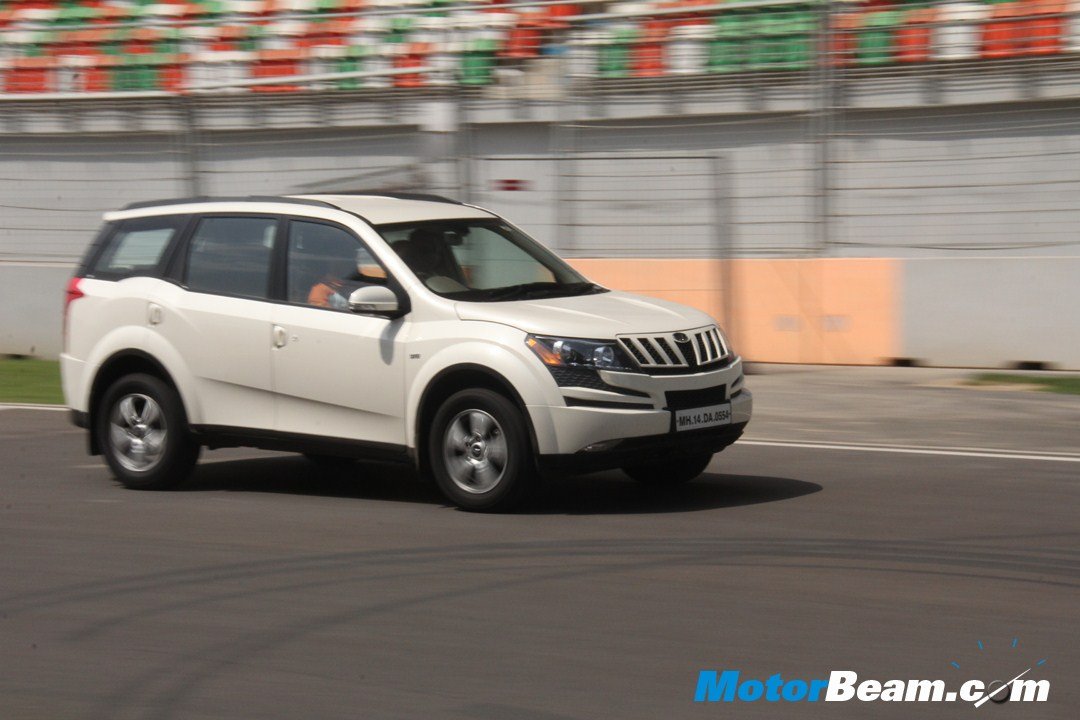We all are familiar that Indian customers pay high amount of money in the form of taxes. The taxes paid for a diesel Sport Utility Vehicle (SUV) is nearly 90% of the base price comprising of central and state taxes. In case of a smaller diesel car, 63% of the base price is levied and a smaller petrol car would attract 58% of the base price as taxes. While the taxes for direct imports are as high as 120%, which is why the new Range Rover costs more than four times its price in the US.
Consider a cost break up to calculate taxes for a diesel SUV in the state of Maharashtra. Let us assume the base price of this diesel SUV to be Rs. 10,00,000/-. The central tax levied would come up to Rs. 3,46,999/- including central sales tax, excise duty, education cess and natural calamity contingency duty. In addition to this, state taxes levied would come up to Rs. 5,54,268/- including road taxes, octroi and VAT. The total sum comes up to Rs. 9,01,267/- from which we can infer that it stands at more than 90% of the amount as that of the base price.
That’s how a Rs. 10 lakhs diesel SUV ends up costing Rs. 19 lakhs on-road. These prices may vary between different states, but the overall burden is still strenuous for the common man. The tax burden is no less for smaller car segments either. Sounds ridiculous, more so when you realise that our fuel is also heavily taxed at multiple levels and the government then cries hoarse about giving subsidies. Where is the tax money going? Definitely not in improving infrastructure as can be seen by our road conditions (read about it HERE).
The automotive sector needs a moderated tax and excise duty structure to help reduce the slowdown in the industry. The automobile industry is a key sector employing around 19 million people directly or indirectly. With increasing fuel prices putting additional pressure on the sector, there seems to be no respite. This puts forward a similar situation as that existed in the 1990’s where the affordability of automobiles was not everyone’s piece of cake. That is why we in India pay more for cars than people in the US, the UK and Europe do.
Source – Times of India
– Sankranth Gubbi






